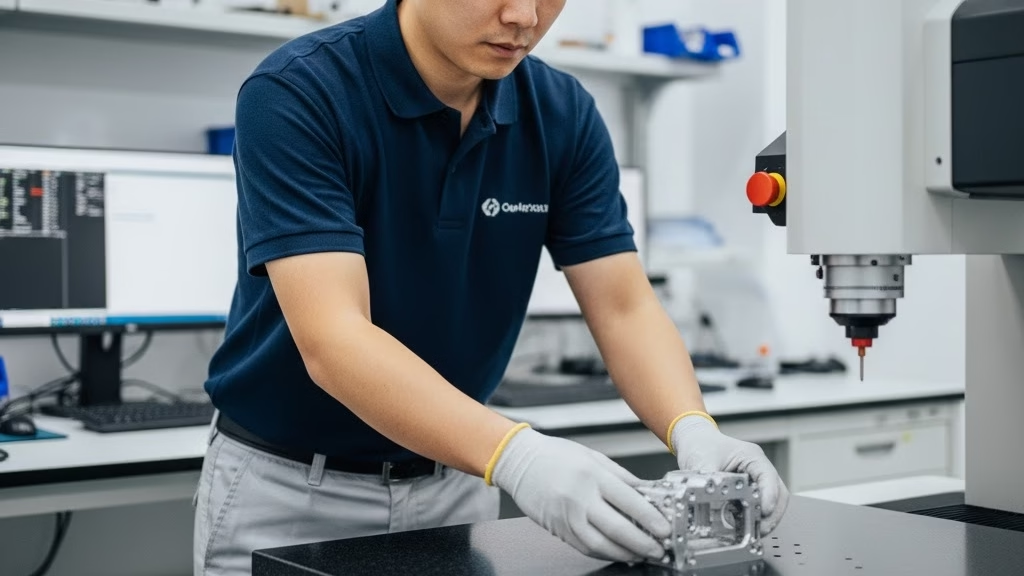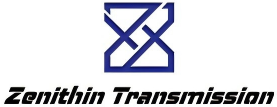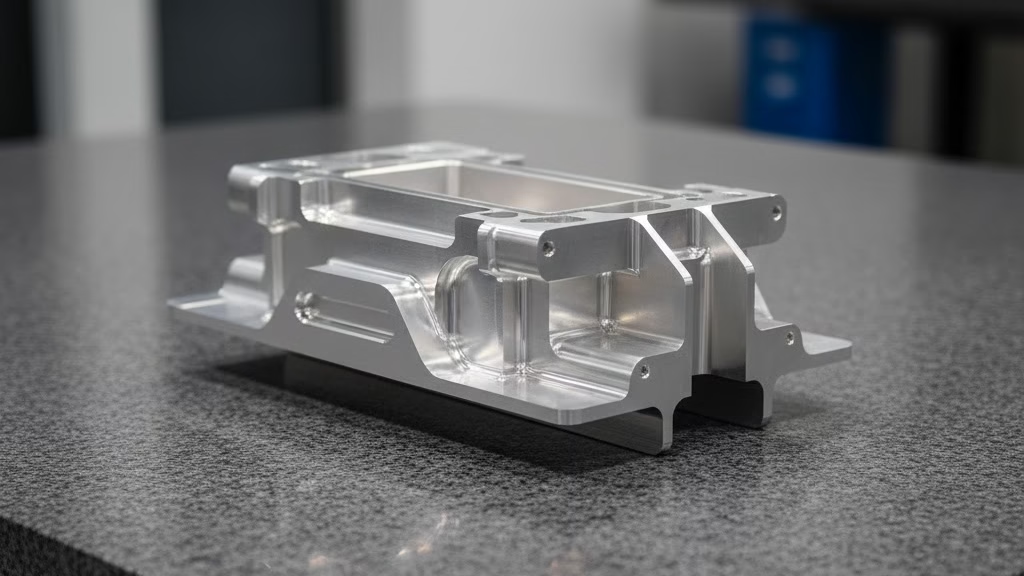Receiving bad parts from an ISO 9001 certified supplier is a common and costly frustration. You followed the standard process, but the quality still isn’t there, putting your projects at risk. We’ll show you the real reason this happens and provide a proven, 3-level framework to truly vet supplier quality beyond the paper certificate.
To truly vet supplier quality beyond an ISO 9001 certificate:
-
-
Verify Process Capability: Request Cpk data, not just the certificate.
-
Audit Real Culture: Review their Non-Conformance (NCR) and CAPA reports.
-
Investigate Supply Chain: Check their control over outsourced special processes.
-
Diagnosis: Why ISO 9001 Certification Fails to Guarantee Quality

So, why does this gap exist? How can a supplier pass an audit but fail your project?
The issue isn’t that ISO 9001 is “bad.” The issue is that we misunderstand what it actually verifies. We treat it as a guarantee of quality, but it’s really just a certification of a documented system. This distinction is the root of the problem.
Compliance Does Not Equal Capability
Here is the single most important concept engineers need to understand: A supplier can be 100% compliant with its own ISO 9001 system and still be 100% incapable of making your parts correctly.
As many senior ISO 9001 lead auditors and experts from the American Society for Quality (ASQ) will tell you, “An ISO 9001 certificate proves that a company has a documented quality management system. It does not prove that their processes are capable of meeting your specific technical requirements.”
Think about it this way: A supplier’s documented process might be flawed. But as long as they follow that flawed process, they are technically in compliance.
This is where you must look beyond the certificate and ask for process data. Introduce the Process Capability Index (Cpk) into your vetting. Cpk is a statistical tool that measures a process’s ability to produce output within your specification limits (your drawing’s tolerances).
- A Cpk greater than 1.33 indicates the process is stable and capable. This is what you want.
- A Cpk less than 1.0 indicates the process is not capable of meeting your tolerances and will produce defective parts, especially when dealing with difficult-to-machine features.
A supplier can have a valid ISO 9001 certificate while operating with a Cpk of 0.8. They are “compliantly” making scrap, and you are the one who pays the price.
Understanding the “Business” of Certification
The second piece of the puzzle is to understand the commercial dynamic of the certification industry. The ISO certification body (the “auditor”) is a business, and the supplier (the factory) is its customer.
Auditors are paid by the supplier to find “conformance” to the standard, often within a very limited number of days. They are not paid to spend a week performing a deep-dive investigation into the effectiveness of that supplier’s CMM programming or the capability of a specific machine.
Their job is to check if a system exists on paper and if people are generally following it.
This is why, in our experience, a “perfect” audit report with zero non-conformances can be a major red flag. It often means the audit was superficial or the supplier is excellent at “managing the audit” by hiding problems.
A truly mature factory embraces the audit as a tool for improvement. They want the auditor to find minor issues and “Observations” because it helps them get better. When you vet a supplier, ask to see their recent internal or external audit findings.
A supplier who openly shares their “Corrective Action Reports” (CAPA) demonstrates a genuine quality culture. A supplier who claims to be “perfect” is hiding something.
The Critical “Scope” Loophole in Certification
Finally, and perhaps most dangerously, is the “scope” loophole.
We once had a client in the aerospace sector who experienced a catastrophic part failure due to brittle material. The supplier they used was a large, ISO 9001-certified CNC machine shop.
But when the engineer investigated, the supplier pointed fingers. Their defense? “Our ISO 9001 certificate only covers ‘CNC Machining.’ The heat treatment was outsourced to a different company. It’s not our fault.”
This is the “outsourcing black box.” In precision manufacturing, critical processes like heat treatment, anodizing, plating, and specialized coatings are almost always outsourced.
Your supplier’s ISO 9001 certificate does not cover these external special processes unless their “scope” explicitly says so (which is rare).
The supplier may be sending your critical parts to a low-cost, uncertified shop down the street, creating a massive, unmanaged risk in your supply chain. You are relying on your supplier’s QMS, but their QMS stops at their own shipping door.
Solutions: The 3-Level “Forensic” Vetting Framework

To truly vet supplier quality, you need to put the certificate aside and become a “forensic” auditor. You must investigate the process, the culture, and the complete supply chain.
Here is a 3-level framework to get the real answers.
Level 1 Vetting: From “Viewing Certificates” to “Requesting Data”
This level is about digging past the QMS paperwork to find hard data on process capability.
What it solves: The gap between a documented system and the actual ability of a machine to hold your tolerances.
Your Action Guide:
- Stop asking for the certificate. Instead, point to the most critical GD&T tolerance on your drawing (e.g., a $\pm0.01\text{mm}$ bore diameter).
- Request the Process Capability (Cpk) data. Ask them, “Can you please provide an SPC report or Cpk data for a similar feature you have machined recently?” You are looking for a Cpk value greater than 1.33. This proves they have a stable, capable process with enough safety margin. A supplier who can’t provide this is a supplier who doesn’t know if they can make your part consistently.
- Scrutinize the First Article Inspection (FAI) process. Don’t just look at the final report. Ask how it was generated. This brings up a common trap.
We’ve seen clients fall into the “Sample is the Peak” trap. A supplier (with an ISO 9001 certificate) delivers a “perfect” first article. The engineer signs off, and the 500-piece production order is placed. What arrives? A disaster, with a 30% defect rate.
What happened? The “sample” was made by the shop’s best machinist, on the newest machine, with no expense spared. The “production run” was given to a junior operator on an old machine with no process controls. The FAI was meaningless because it didn’t represent the actual production process.
To prevent this, you must also ask for their Production Control Plan.
How will they check the part during the run? What key dimensions will be monitored at part 1, part 50, and part 200? A supplier who only offers a final inspection is admitting they plan to “inspect quality in” at the end, rather than build it in from the start.
Level 2 Vetting: From “Reading SOPs” to “Checking NCRs”
This level is about discovering if the supplier has a real, living quality culture or just a “paper system” to pass audits.
What it solves: The disconnect between the quality manual on the shelf and the reality on the shop floor.
Your Action Guide:
- Stop asking to see their Quality Manual (it’s a generic document).
- Request their Non-Conformance Report (NCR) log from the last six months. This is the single best test of a supplier’s maturity.
- Pick one or two NCRs and ask for the full CAPA report (Corrective and Preventive Action).
Now, you will see the supplier’s true character:
- A “Paper-Only” Supplier: Their corrective action will be “Reworked the part” or “Scrapped the part.” This is a massive red flag. They are only fixing the symptom, not the disease.
- A True Quality Partner: Their CAPA will show a deep-dive Root Cause Analysis (RCA). It will identify the real reason (e.g., “Tool wear not accounted for in setup sheet,” “Operator error due to ambiguous drawing”). Then, it will list a Preventive Action (e.g., “Updated setup sheet with mandatory tool change at 100 pieces,” “Retrained operator and added visual aid to workstation”).
This is what quality pioneer W. Edwards Deming meant when he said, “Cease dependence on inspection to achieve quality. Eliminate the need for inspection on a mass basis by building quality into the product in the first place.”
A supplier with a strong CAPA process is actively building quality into their system by learning from their mistakes.
Go Beyond the Certificate
A paper certificate doesn’t guarantee quality, but a proven process does. See how our own Quality Control process is built to deliver conforming parts, every time.
Level 3 Vetting: From “Auditing the Shop” to “Investigating Outsourcing”

This level addresses the “outsourcing black box” we discussed earlier. You must vet the entire supply chain, not just the company you’re paying.
What it solves: The “scope loophole,” where your part fails due to a high-risk special process (like heat treatment or plating) that your supplier outsourced.
Your Action Guide:
- Identify all “special processes.” Does your part require heat treating, anodizing, plating, or passivation?
- Request their Approved Vendor List (AVL) for these specific processes.
- Ask the “penetrating questions”:
- “How did you qualify this heat treat supplier?”
- “What is your process for validating their work when it returns to your facility? Do you conduct your own hardness tests and film thickness measurements, or do you just trust their certificate?”
- “If my part fails in 6 months, can you provide full traceability back to the material cert and the heat treat batch?” This is a key diagnostic step for uncovering issues with material consistency.
A supplier who stumbles on these questions is not in control of their own supply chain. As we’ve seen in our own experience (like the CMM report that conveniently “hid” bad data), we believe in total transparency.
We take full responsibility for the final part, which means we must be 100% in control of our own approved vendors. There are no excuses.
ISO 9001 Certificate vs. Real-World Vetting
| Vetting Method | What It Tells You (The “Myth”) | What It *Actually* Means (The Reality) |
|---|---|---|
| Relying on ISO 9001 Certificate | “This supplier is certified for quality.” | They have a *documented* system, but it proves nothing about their *process capability* or control of outsourcing. |
| Requesting Cpk Data | “They seem professional.” | You get hard proof of their process stability. A Cpk > 1.33 is a better guarantee than any certificate. |
| Reviewing CAPA/NCR Reports | “They make mistakes.” | You see their *true* quality culture. Do they hide problems, or do they perform deep RCA to prevent them from recurring? |
| Auditing the Supply Chain (AVL) | “They are just a machine shop.” | You identify “hidden” risks from their subcontractors (e.g., heat treatment, plating) that they are responsible for. |
Your Bulletproof Supplier Vetting Checklist
You no longer need to rely on the false security of a certificate. You are now equipped to see past the paper and into the process. To make it easy, here is your new, “forensic” checklist.
The next time you are in a meeting to vet supplier quality, don’t start by asking for the ISO 9001 certificate.
Instead, ask these three questions:
- “Can you please share an SPC report showing a Cpk greater than 1.33 for a critical tolerance similar to this one?”(This validates their actual Process Capability.)
- “Could you walk me through a recent, complex Non-Conformance Report (NCR) and its associated Corrective Action (CAPA) file?”(This validates their true Quality Culture and problem-solving maturity.)
- “For the special processes on my part (like heat treating or anodizing), what does your Approved Vendor List (AVL) and incoming verification process look like?”(This validates their Supply Chain Control and eliminates the “outsourcing black box.”)
A supplier who tries to answer these questions with their ISO certificate is a supplier who doesn’t understand your real needs. A true quality partner, on the other hand, will welcome these questions. They will be eager to show you their data and their processes because they are proud of them.
If you are tired of the “quality lottery” and ready to stop receiving bad parts, it’s time to have a different kind of conversation. We invite you to have a technical, data-driven discussion with our own engineering team.
Tired of Bad Parts? Let’s Talk Real Quality.
You’ve seen why certificates fail. Now, see a quality process that works. Send us your drawing and let our engineers provide a quote based on real process capability.
References & Notes
[1] American Society for Quality (ASQ) on ISO 9001: ASQ is a global leader in quality standards. Their resources clarify that ISO 9001 certifies the existence of a *quality management system (QMS)*, not the *capability* of specific manufacturing processes to meet any given tolerance.
[2] Process Capability Index (Cpk): A Cpk value of 1.33 is widely accepted as the minimum standard for a stable, capable process in manufacturing, indicating the process spread is well within the specification limits.
[3] Root Cause Analysis (RCA) vs. Corrective Action: A simple “corrective action” (e.g., “rework part”) only fixes the symptom. A true RCA investigates the *systemic* reason the failure occurred (e.g., “tooling setup error,” “SOP was unclear”) to prevent recurrence.




